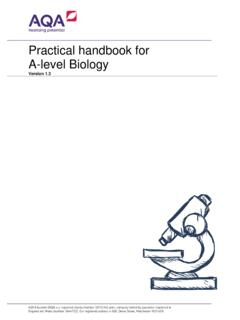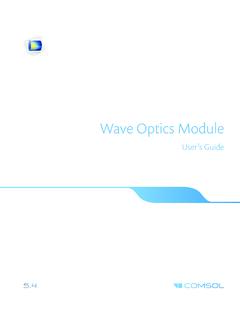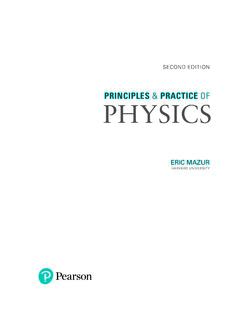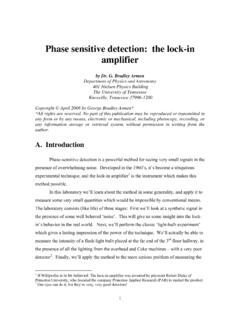Transcription of THE MATHEMATICS OF QUANTUM MECHANICS - University …
1 The MATHEMATICS of QUANTUM mechanicsmartin Laforest, PhD University of Waterloo 2015. All rights .. taste of QUANTUM to the to read this book10 Complex numbers.. is a complex number? math with complex s formula and the polar algebra.. conjugate, transpose and conjugate product and product as cooking MECHANICS .. postulates of QUANTUM notation: the braket QUANTUM state and the QUANTUM .. of complex numbers: number and exponential of Euler s theorem111 Preface If QUANTUM MECHANICS hasn t profoundly shocked you, youhaven t understood it yet. NIELS BOHR The nineteenth century was known as the machine age, thetwentieth century will go down in history as the informationage. I believe the twenty-first century will be the QUANTUM age. PAUL A taste of QUANTUM mechanicsThe physics describing the world we experience everyday is referred to as classicalphysics. It describes how large objects ( , objects made of billions and billions ofatoms) interact with each other.
2 Whether it s the motion of the planets in our solarsystems, the behaviour of a car when you accelerate, what happens when you playbilliards or how electronic circuits work, classical physics is a set of rules that werediscovered and quantified by the likes of Galileo, Newton and many physics is a tremendously successful theory of nature and has led toastonishing human feats. We put a man on the moon, built bridges, skyscrapers,supersonic jets, developed wireless communication, etc. The fascinating part is thatclassical physics is not the ultimate description of nature there is much more toreality than what we see and we try to describe the behaviour of atoms and their constituents ( , protons,neutrons, electrons) using the laws of classical physics , it completely, and I meancompletely, fails. Actually, if we described the motion of electrons around thenucleus of an atom using classical principles, you can calculate that any atom wouldcollapse within a tiny fraction of a second.
3 Obviously, the world we live in is madeof stable atoms.. so what s going on?Well, it turns out that classical physics is only an approximation of physics thatworks for large objects. In order to describe the behaviour of the building blocksof nature, we need a radically different approach that, as you ll learn, leads tosurprising and fascinating new phenomena: welcome to the beautiful world ofquantum MECHANICS !Particles behave like waves and waves behave like particles. Electrons tunnelthrough barriers. It s impossible to perform a measurement without perturbing theenvironment. QUANTUM entangled photons are so strongly interconnected that theybehave as one, no matter how far apart they are. These are all part of everyday life inthe QUANTUM MECHANICS can be baffling, yes, surprising, definitely, and certainlycounter-intuitive. That s because QUANTUM MECHANICS lives outside of our everydaylives and any attempt to explain QUANTUM phenomena using classical physics MECHANICS just is, and it s awesome!
4 Turns out that QUANTUM MECHANICS isn t really that complicated, we just need toexperience it and build an intuition about it. QUANTUM MECHANICS opens a doorto a world that may surprise you; a world where the rules of the game are in the first half of the 20thcentury by the likes of Max Planck, ErwinSchr odinger, Werner Heseinberg, Paul Dirac and many others, the theory of quantummechanics (also called QUANTUM theory) never ceases to amaze us, even to this : QUANTUM technologies7At the time, QUANTUM MECHANICS was revolutionary and controversial. Even a geniuslike Albert Einstein thought it couldn t be a serious theory. Unfortunately for him, hewas wrong!An astonishing amount of experiments have been performed in the last few decadesdemonstrating the validity of QUANTUM theory. As a matter of fact, we can safelyclaim that QUANTUM theory is the most accurate theory ever developed by attempt to prove it wrong has failed may have already heard about wave-particle duality.
5 It s one of the mostquintessential phenomena of QUANTUM . Sometimes an electron (or any other quantumobject) behaves like a particle, sometimes it behaves like a wave. How do you knowwhen you should treat the electron like a wave, and when you should treat it like aparticle? Part of the beauty of QUANTUM MECHANICS is that we don t need to make thatdistinction - it s all contained within the final note: Not only does QUANTUM MECHANICS accurately describe the behaviourof atoms and molecules, it can actually describe nature at any scale. The only reasonwe don t really need QUANTUM MECHANICS to describe large objects is because thequantum effects play such a small role that they can be ignored, and classical physicsrepresent an accurate approximation. Though that doesn t mean QUANTUM effectscan t be observed in larger objects, such as superconductors (material conductingelectricity with zero resistance), nano-size electrical circuits and transistors, just toname a QUANTUM technologiesQuantum MECHANICS has already had a tremendous impact on our lives.
6 Not onlydoes it tell us how the world behaves at its core at the atomic level and beyond but it has led to transformative technologies that have shaped, and continue to shape,the 20thand 21stcenturies. The laser , LEDs, magnetic resonance imaging (MRI),transistors and so much more, all exist because the world behaves according to therules of QUANTUM would a world be like without lasers? Well, there would be no internet. Howabout a world with no transistors? Well, every single piece of digital technology computers, mp3 players, smartphones, digital cable tv wouldn t exist! The worldwould be radically of digital technology, the digital world we now live in has been madepossible thanks largely toinformation theory. All the digital technology mentionedabove really boils down to one thing: information processing. Yes, their applicationsare vastly different from one another, but at their core, in their processor, theymanipulatebitsof second QUANTUM revolution is underway, the QUANTUM Information Revolution ,where we manipulate information in a QUANTUM mechanical fashion.
7 This revolutionis more than just an idea small prototypes of QUANTUM computers exist (you ll evensee some of them at the Institute for QUANTUM Computing (IQC), stable quantumcryptography systems are commercially available used by government and banksaround the world, QUANTUM sensors are bursting out of our labs and used in medicine,material science, resource exploration and other Welcome to QCSYSD uring the QUANTUM Cryptography School for Young Students (QCSYS or cue-see-sis ), you ll become familiar with a special type of QUANTUM technology: QUANTUM cryptography, or more precisely, QUANTUM Key Distribution (QKD).Nowadays, when secure information is being sent over the internet (banktransactions, your password when you log in to your favourite social media website,etc.) your information remains private. The privacy of the information is ensured bythe fact that no computer on earth can solve, in a reasonable amount of time ( ,hundreds to thousands of years!))
8 , a given, really difficult mathematical problem. Theeventual arrival of the ridiculously powerful QUANTUM computer will render thesecryptographic techniques , QUANTUM MECHANICS also comes to the rescue: QUANTUM exploiting the behaviour of the QUANTUM world, we can secure information suchthat the only way for an all-evil eavesdropper to access this information would be tobreak the rules of physics . We re pretty confident nobody can do that. Ever!During QCSYS, you ll learn the basic concepts behind QUANTUM cryptography; fromquantum MECHANICS and classical cryptography, to QUANTUM optics, and of course, QUANTUM cryptography. QCSYS started in 2007 with many goals and challenges inmind. Passionate about the science and research we do at IQC, we wanted to shareit with future scientists, mathematicians and engineers (that would be you). Also,since QUANTUM MECHANICS and QUANTUM technologies will play a key role in shapingthe technological landscape of the 21stcentury, we strongly believe it s important forthe new generation to be QUANTUM -aware.
9 Last, but not the least, it was a challengewe gave ourselves: can we teach QUANTUM MECHANICS and QUANTUM information tohigh school students? QUANTUM cryptography is a tiny subset of potential quantumtechnologies, but it offers a great vehicle to teach young students about technology,information security, MATHEMATICS , QUANTUM MECHANICS and QUANTUM ll repeat it many times:quantumphysicsisn taboutmathematics, it s about thebehaviour of nature at its core. But since MATHEMATICS is the language of nature, it srequired to quantify the prediction of QUANTUM MECHANICS . This present documenthas been put together to ease you into the MATHEMATICS of QUANTUM MECHANICS . We lluse special MATHEMATICS complex numbers and linear algebra (vectors andmatrices). Unfortunately, most high school MATHEMATICS curricula around the : About the author9do not teach linear algebra. It s not very complicated. It s really just a different andclever way to add and multiply numbers together, but it s a very powerful don t claim to cover all of linear algebra in a rigorous way, nor do we claim thatthis is the only way to do QUANTUM MECHANICS .
10 There are different mathematicalapproaches, but the one described here is very well suited for QUANTUM informationand QUANTUM cryptography, and fairly simple (we hope) to encourage you to read through this book before you come to Waterloo for not panicif it feels like it s over your head or you re struggling with some of theconcepts. We ll spend at least five hours going through the key sections of the bookand work through exercises in groups. QCSYS counsellors, graduate students and Iwill be on hand during QCSYS to help you addition to the MATHEMATICS of QUANTUM MECHANICS , we ll spend another five hoursexploring the physics of QUANTUM MECHANICS . We ll first explain the behaviour ofquantum particles without quantifying it. We ll then consolidate the two so you havea good understanding of how we use MATHEMATICS to model the physical quantumworld. After this introduction , we ll be ready to learn about cryptography, quantumoptics, QUANTUM cryptography (of course) and even QUANTUM hacking.
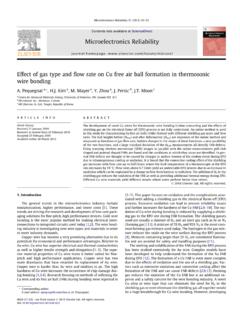
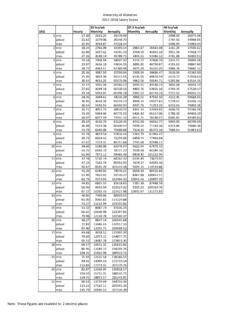
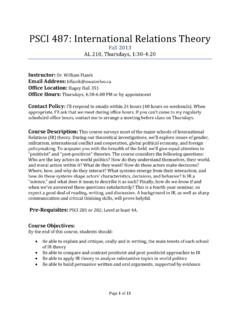
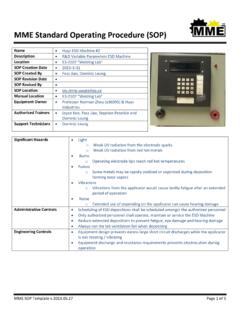
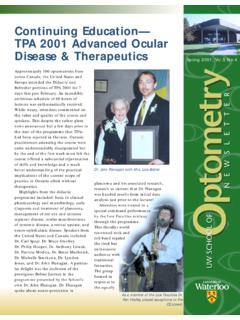
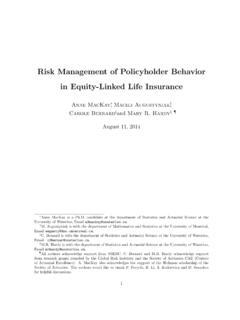
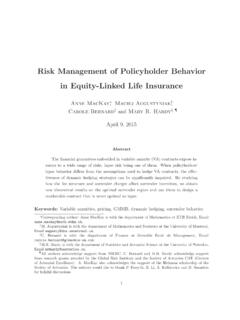
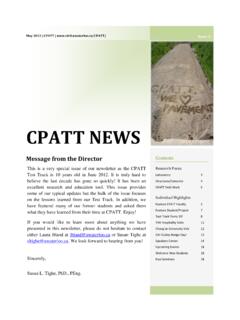
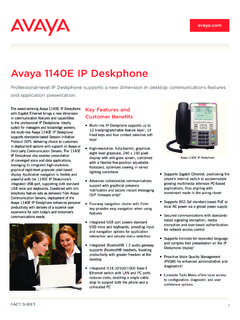

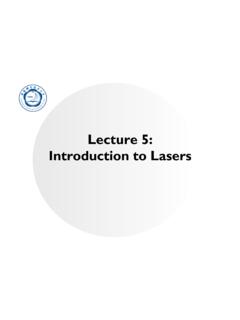
![arXiv:2203.06454v1 [physics.plasm-ph] 12 Mar 2022](/cache/preview/9/2/6/d/f/a/8/1/thumb-926dfa81e51e569016b61e30d7be9ca5.jpg)
